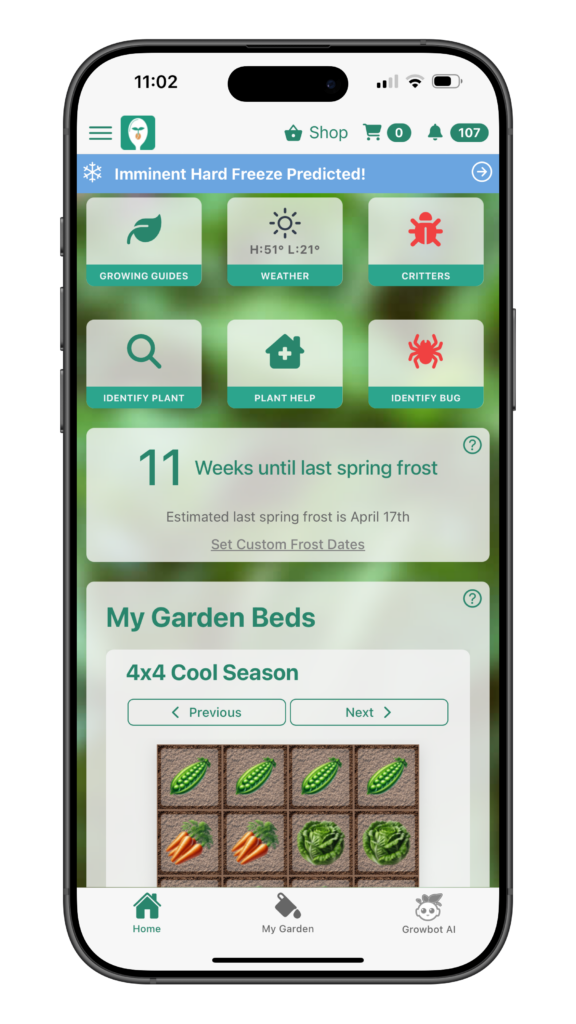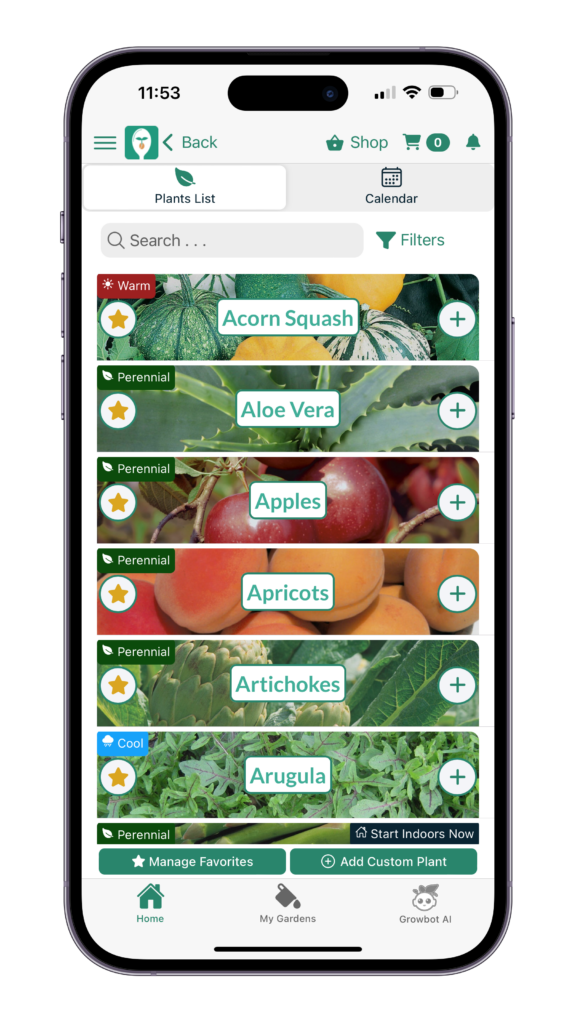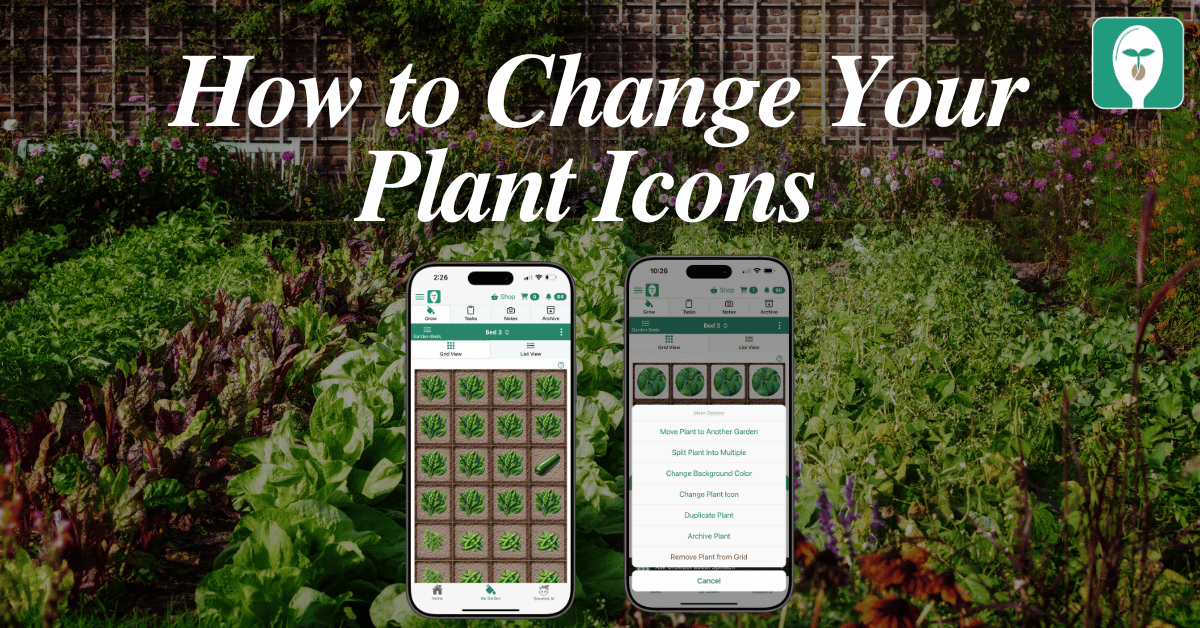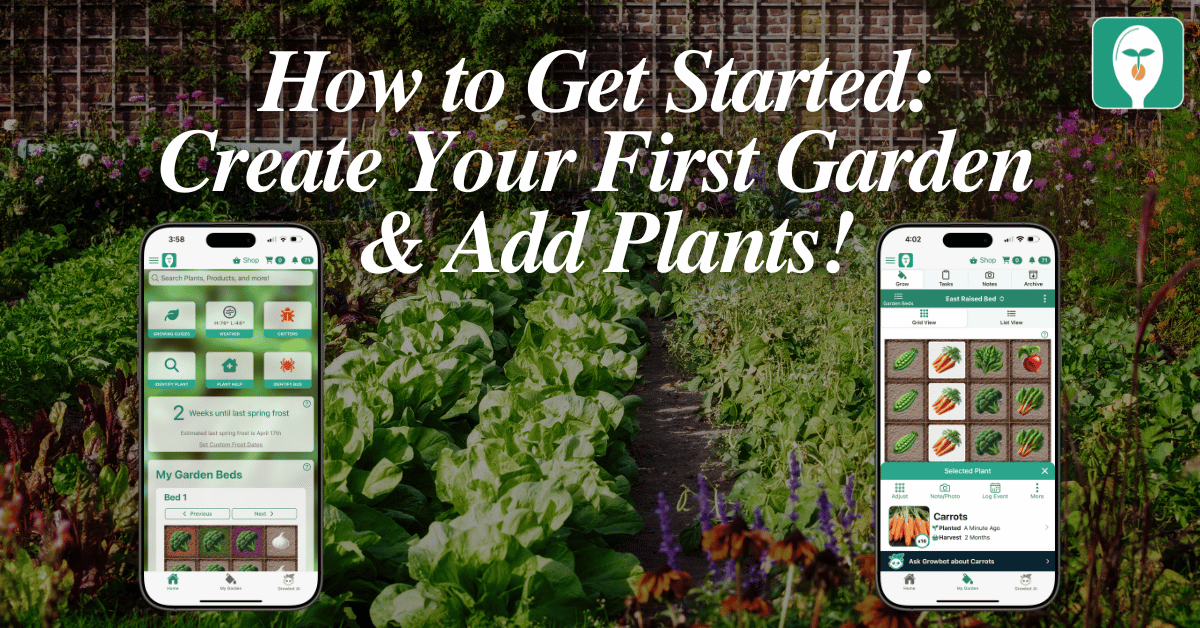How to Grow & Care for Yarrow: Tips for a Thriving Pollinator Garden!
Yarrow (Achillea millefolium) is a versatile and hardy perennial that belongs in every garden. Known for its feathery leaves and clusters of tiny, colorful flowers, yarrow is a low-maintenance plant that thrives in a variety of conditions. Whether you’re looking to attract pollinators, create a natural border, or incorporate medicinal herbs into your garden, yarrow is an excellent choice. Plus, it’s easy to grow, even for beginners! In this post, we’ll cover everything you need to know about growing and caring for yarrow, along with tips for using the Seed to Spoon app to streamline your gardening efforts.
Why Grow Yarrow?
Yarrow is not just a beautiful addition to your garden—it offers a range of benefits:
- Attracts Pollinators: Bees, butterflies, and beneficial insects love yarrow, making it an essential plant for organic gardening and natural pest control.
- Drought-Tolerant: Once established, yarrow thrives in poor soil and requires minimal water, making it ideal for low-maintenance gardens.
- Medicinal Uses: Traditionally used in herbal remedies, yarrow has anti-inflammatory and antiseptic properties.
- Culinary Uses: The young leaves can be used in salads or soups, and the flowers can be brewed into teas.
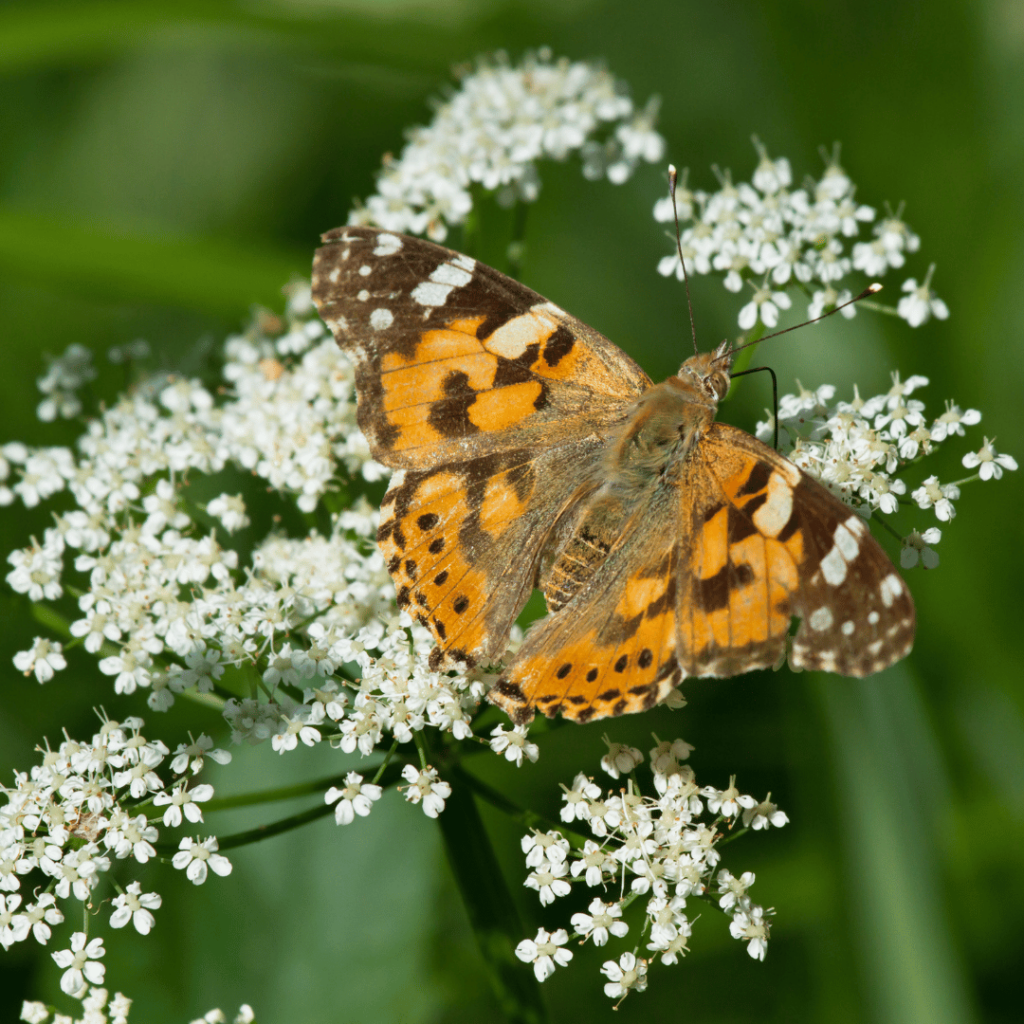

How to Grow Yarrow
Growing yarrow is easy, and it adapts well to various garden settings. Whether you’re planting it for its beauty or its pollinator-attracting benefits, here’s how to get started.
1. Choose the Right Location
Yarrow prefers full sun and well-draining soil. While it tolerates poor soil conditions, it will perform best in soil that isn’t too rich, as excessive nutrients can cause leggy growth.
2. Planting Yarrow Seeds
Yarrow seeds can be started indoors 8-10 weeks before the last spring frost or sown directly outdoors after the frost has passed.
Indoor Seed Starting: You can start yarrow seeds indoors using a traditional seed tray or the Park Seed Bio Dome, which uses sponges to maintain moisture levels without the need for soil. Simply surface sow the seeds, as they need light to germinate, and place in a sunny spot. Expect germination in 14-21 days.
Direct Sowing: Sow seeds outdoors after the last frost, pressing them lightly into the soil surface. Space plants 12-18 inches apart.
For a simplified gardening experience, try using the Seed to Spoon app, which offers personalized planting guides based on your location and growing conditions. You can also order quality yarrow seeds directly from Park Seed for the best results.
3. Watering and Fertilization
Yarrow is drought-tolerant once established, so it requires minimal watering. Allow the soil to dry between watering, and avoid over-watering, which can cause root rot. Yarrow doesn’t need heavy feeding. A light application of compost or a balanced, slow-release fertilizer in the spring will be sufficient.
4. Care and Maintenance
- Pruning: To encourage more blooms, deadhead spent flowers throughout the growing season. In the fall, cut the plant back to the ground to prepare for the next season’s growth.
- Division: Every 3-4 years, divide yarrow to prevent overcrowding and encourage vigorous growth. This also gives you more plants to spread throughout your garden!
- Mulching: Apply a light layer of mulch, such as leaves or wood chips, to retain moisture and suppress weeds. Avoid using straw, as it can introduce weeds.
Companion Planting with Yarrow
Yarrow makes an excellent companion plant due to its ability to attract beneficial insects. It pairs well with lavender, rosemary, oregano, and thyme, all of which thrive in similar conditions. On the other hand, avoid planting yarrow near moisture-loving plants like basil, mint, or cilantro, as they have different water needs.
Harvesting Yarrow
You can harvest yarrow flowers when they are fully open. Use sharp scissors to cut the stems just above the base of the plant, typically in the morning when the essential oils are most potent. The leaves can also be harvested throughout the season for use in salads or teas.
Using the Seed to Spoon App to Care for Yarrow
The Seed to Spoon app makes it easy to manage your yarrow plants by providing timely care reminders, watering tips, and personalized growing advice based on your location. You can even use the app’s plant identification feature to monitor plant health and identify pests or diseases. Download the app to make growing yarrow (and all your other plants) even simpler!
Conclusion
Yarrow is a fantastic addition to any garden. Its beauty, low maintenance, and pollinator-attracting benefits make it a must-have for both beginner and experienced gardeners. Start growing yarrow today by ordering high-quality seeds from Park Seed and using the Seed to Spoon app for step-by-step guidance in your gardening journey.

Carrie Spoonemore, co-founder of “From Seed to Spoon,” stands as a beacon of inspiration for gardeners and health enthusiasts alike. Her journey alongside her husband, Dale Spoonemore, in creating a platform that demystifies gardening and promotes a healthier lifestyle, has made a significant impact on individuals around the globe. Through the “From Seed to Spoon” app, Carrie has dedicated herself to empowering people to take control of their health and environment by growing their own food.
With a profound belief in the power of gardening to improve mental and physical health, Carrie’s contributions to the Seed to Spoon blog reflect her holistic approach to wellness. Her articles often focus on the nutritional benefits of homegrown fruits and vegetables, organic gardening practices, and the mental health benefits of spending time in nature. Carrie’s expertise in health science shines through in her detailed discussions on how specific plants can contribute to a balanced diet and overall well-being.
Carrie’s passion for gardening is deeply intertwined with her commitment to family and community wellness. She frequently shares personal stories of how gardening has brought her family closer together, offering practical tips for involving children in gardening activities and making it a fun, educational experience. Her writing encourages families to explore gardening as a means of spending quality time together while learning about nature and sustainability.
In addition to gardening advice, Carrie’s contributions to the blog include insights into the use of technology to enhance the gardening experience. She has played a crucial role in designing the “From Seed to Spoon” app to be user-friendly, ensuring that users of all ages and backgrounds can navigate the complexities of gardening with ease. Her vision for the app is not just as a gardening tool but as a vehicle for change, inspiring individuals to adopt a more sustainable lifestyle by growing their own food.
Carrie Spoonemore’s presence on the blog is marked by her compassionate approach to teaching and her unwavering belief in the transformative power of gardening. Her work continues to inspire a community of gardeners to pursue a healthier, more sustainable way of living, proving that with the right tools and knowledge, anyone can become a gardener and advocate for their health and the planet.


